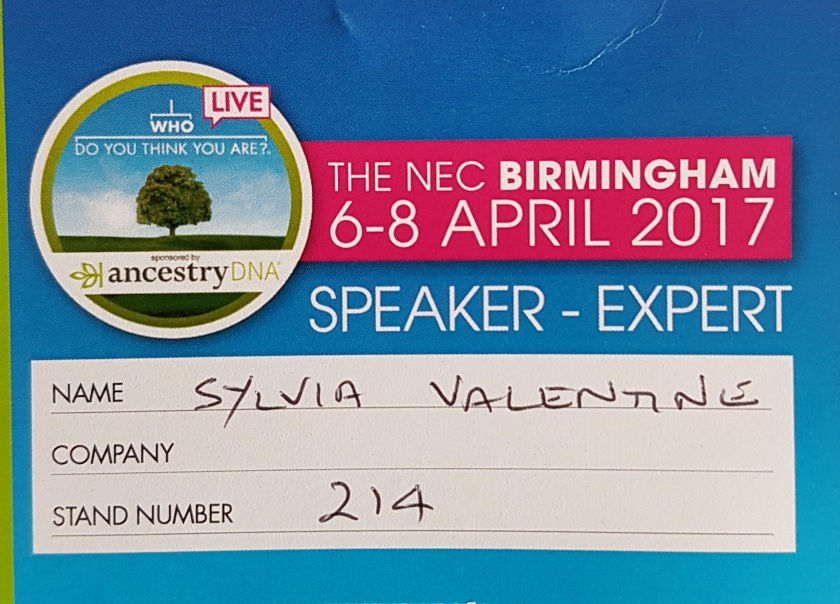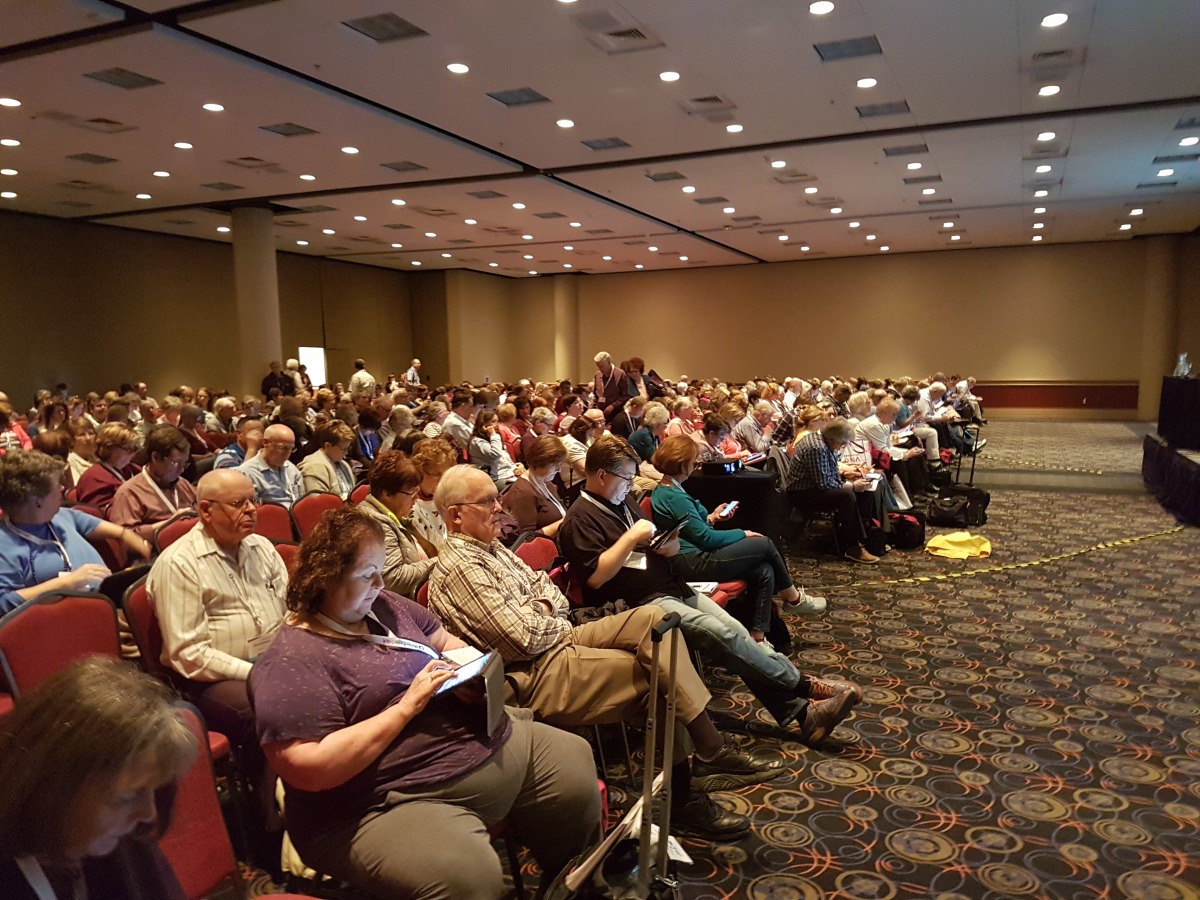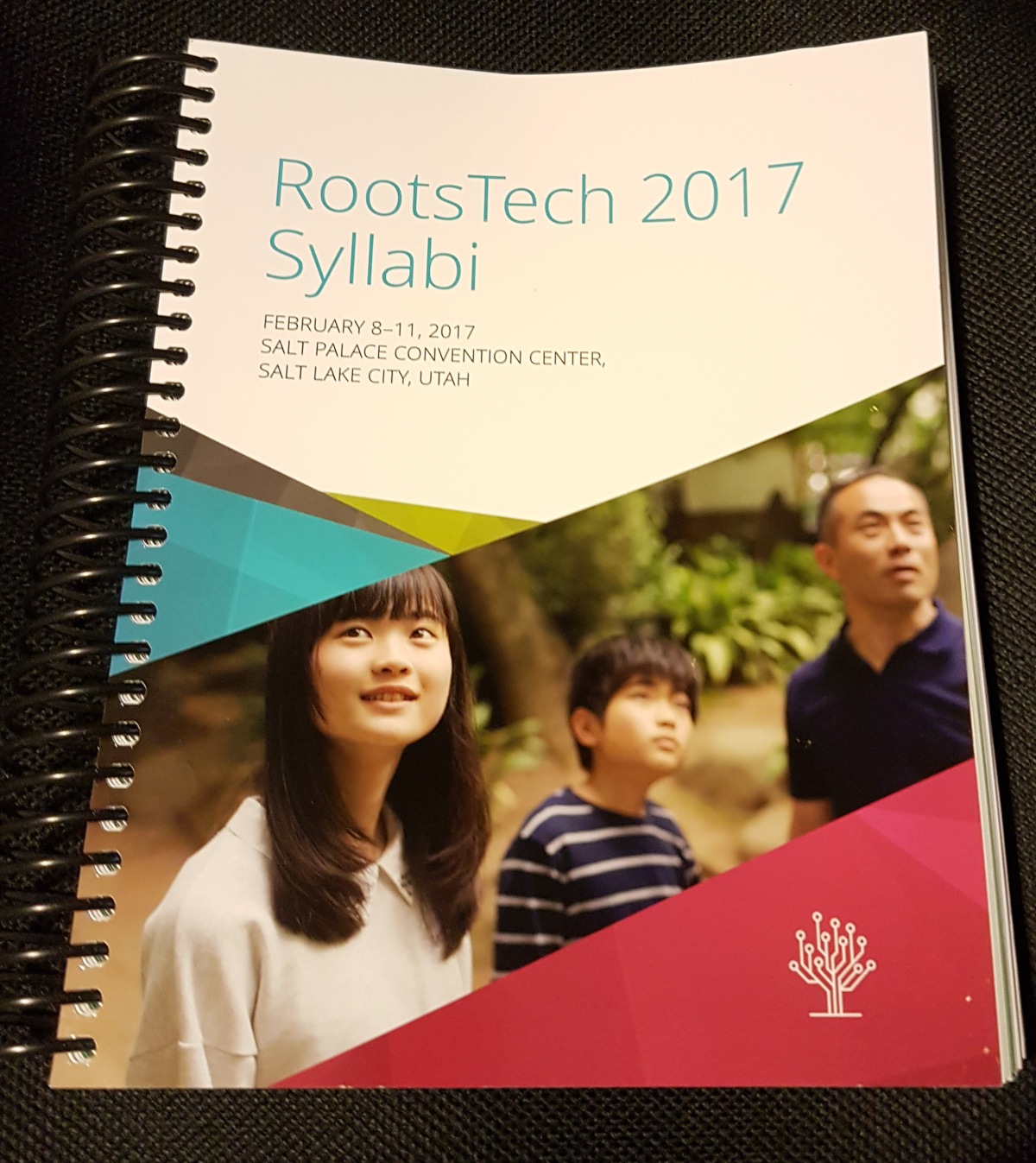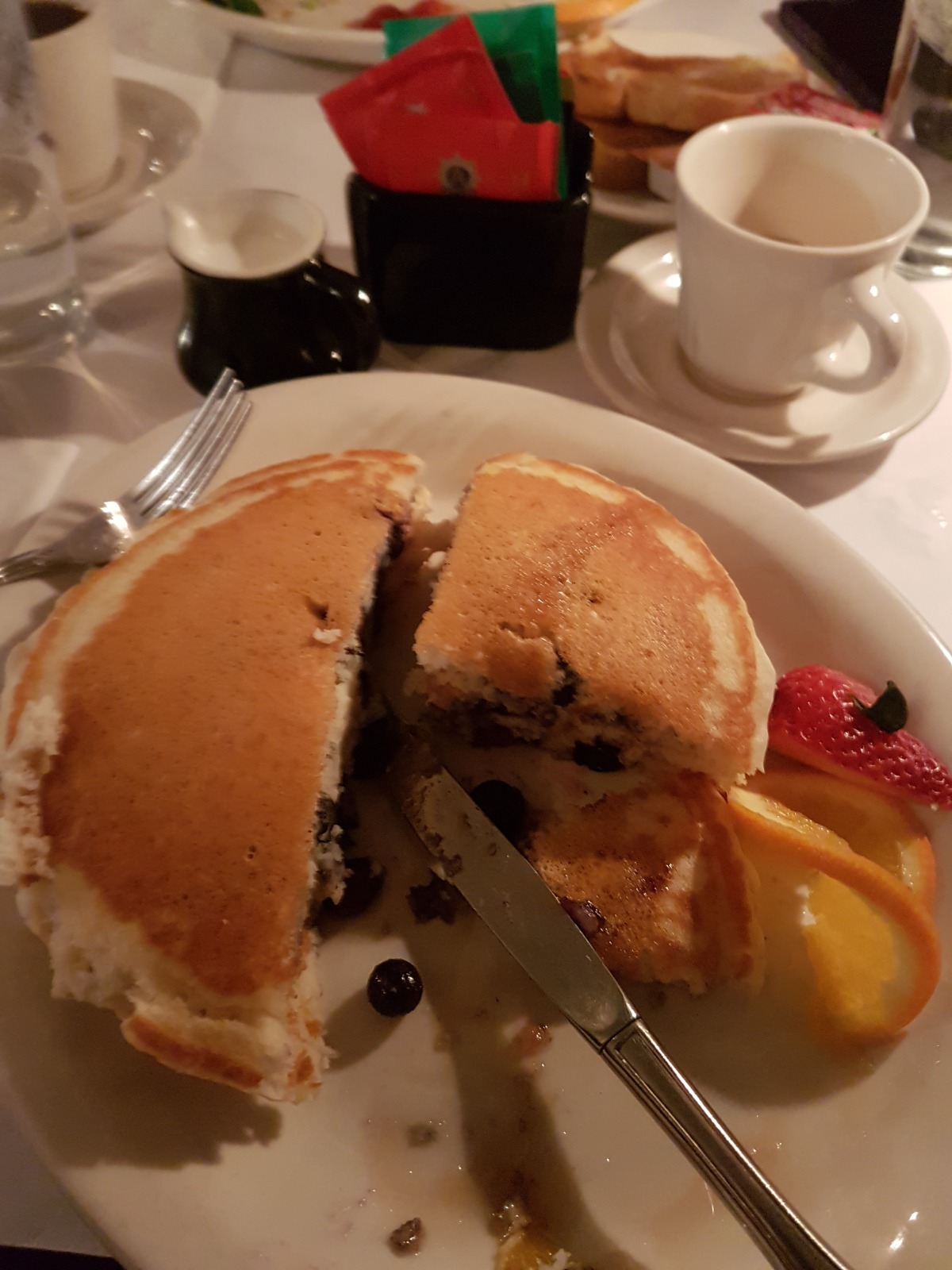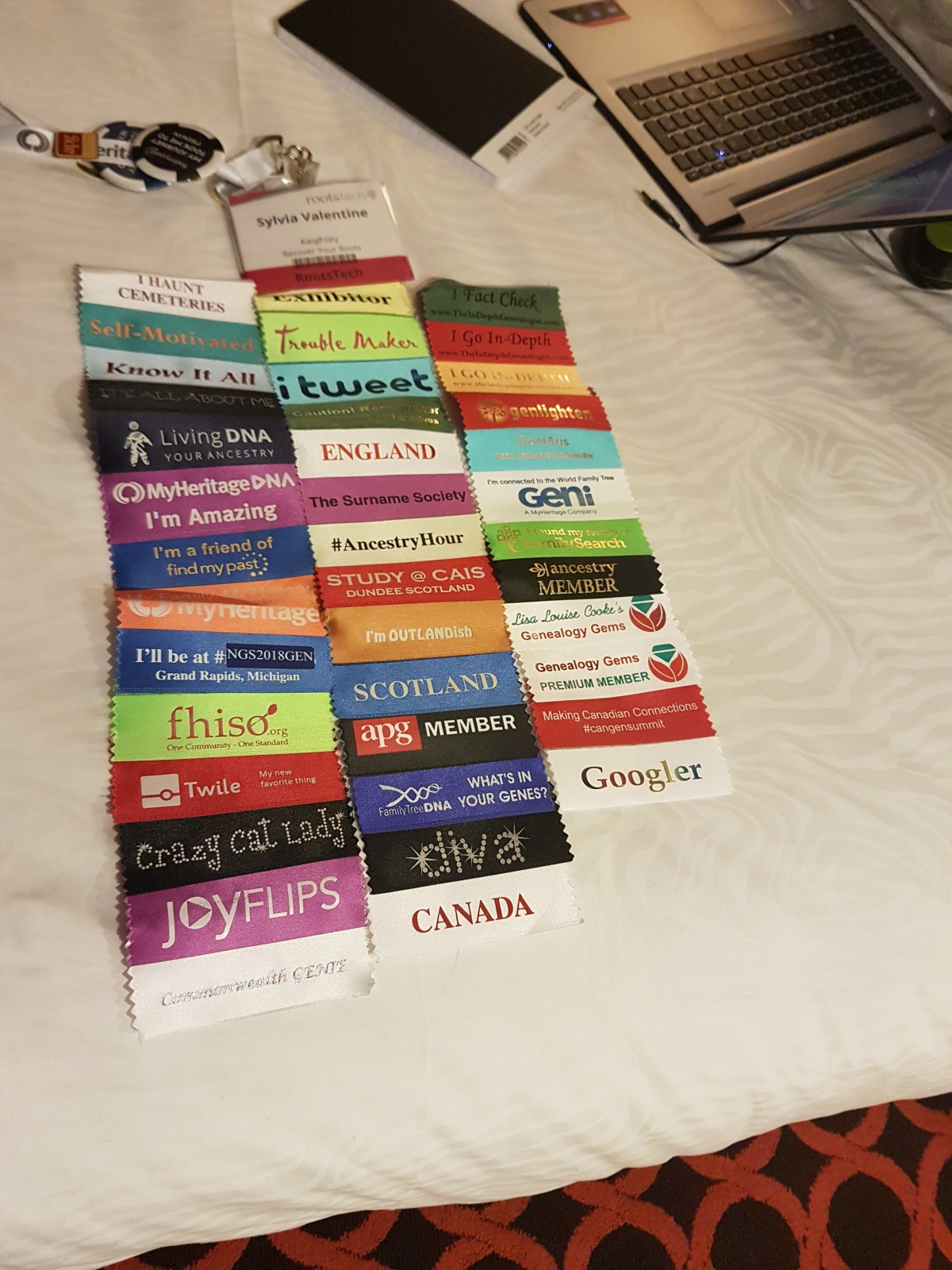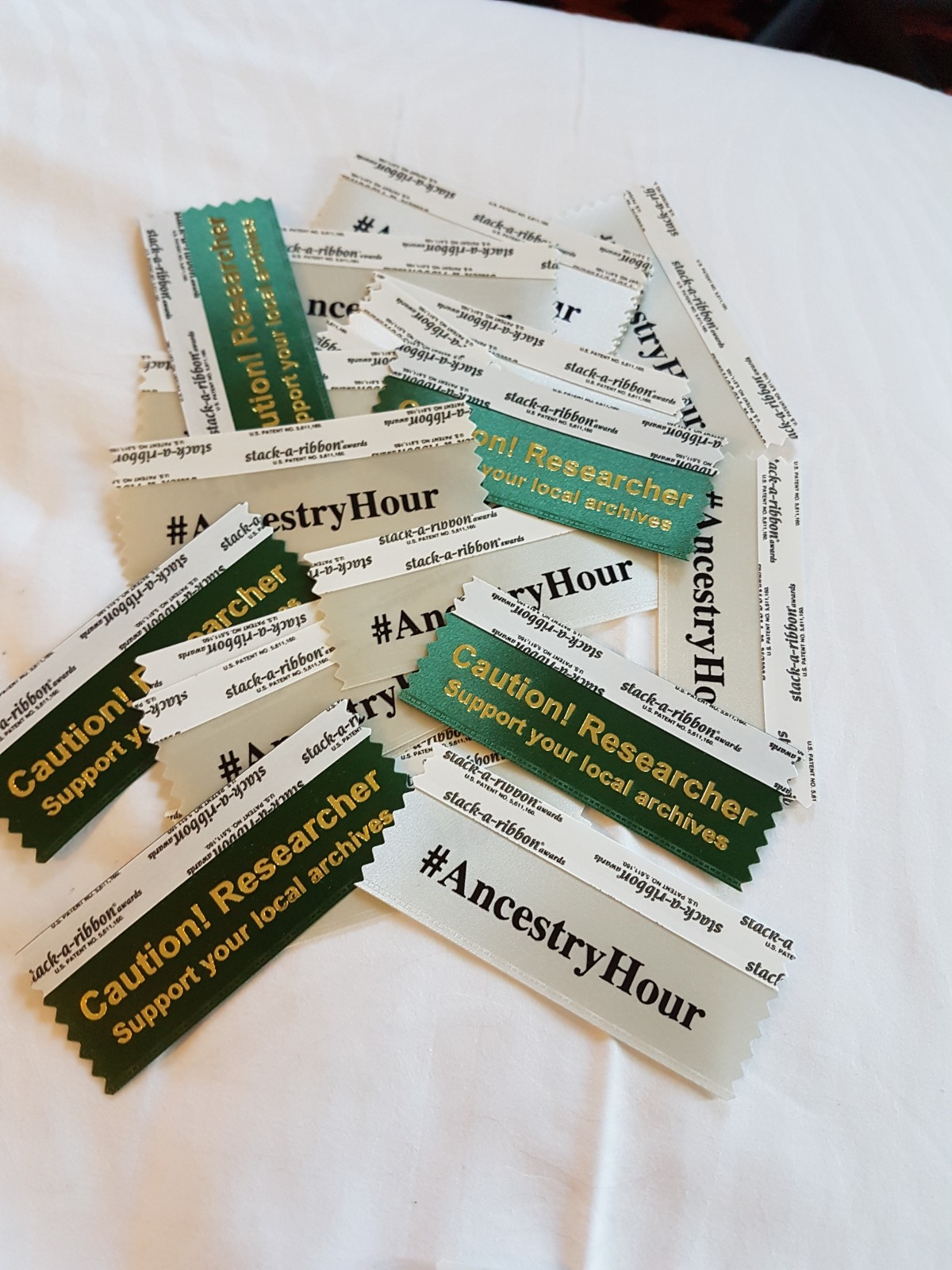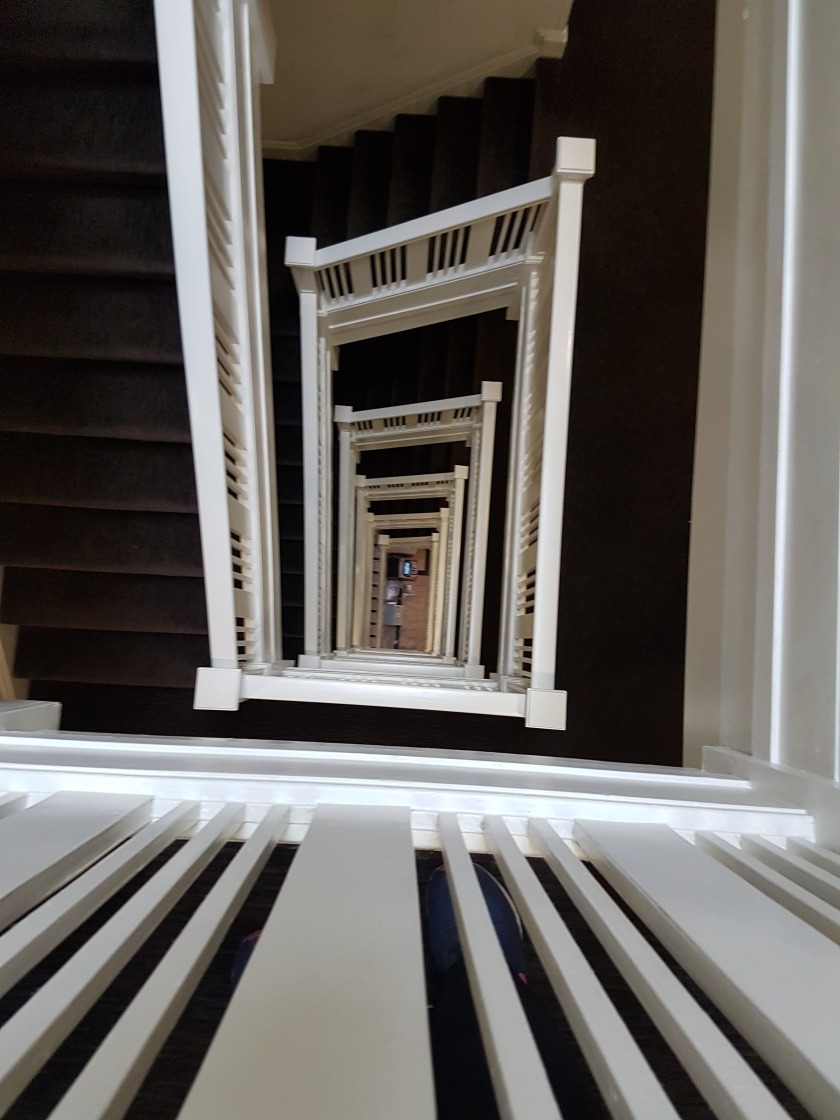I am presenting a talk, “Delving into Workhouse Records” at Who Do You Think You are? Live in April. I have been spending a few days in my Local Studies Library exploring the records looking for some interesting examples I can include in my talk. Needless to say, as can often happen, I became distracted by the mention of an individual who had been Boarded Out by the Union Guardians, hence I spent some time following up on his story, has become the subject of today’s blog.
The source for this story was The Minutes of the Boarding Out Committee of North Bierley Poor Law Union. Here I found two specific mentions of a Leonard Cartwright. The first mention was in a minute of a meeting held on 7th March 1906:
Leonard Cartwright – Boarded with Dan Kellett of Wyke. Clerk to make enquiries as to whether this Boy can be taken out to Canada by Mr Kellett.
The second mention was dated 2nd of May, when the committee
Resolved that the Clerk be instructed to interview Mr Dan Kellett and ascertain whether he intends taking the above named boy [Leonard Cartwright] with him to Canada or not.
Sadly, I could not find any mention between the two dates, but I became curious about Leonard, particularly after finding an albeit nameless mention of him in the Report of the Chairman of the Boarding Out Committee dated 3 April 1907. The chairman, Mr J Hardisty, was reporting on the successes of the Boarding out system and commented that
I may say we have had one case at the Servant Girl’s (sic) Home, Sheffield; a boy has been placed on the training ship “Indefatigable”, Birkenhead, and another boy is now in Canada.
Leonard Fielding Cartwright’s birth was registered in the first quarter of 1897. Although his date of birth was given on many documents as 3rd December 1897, the year 1896 makes more sense. By 1901, he was living, along with 3 siblings, in the North Bierley Workhouse. A little digging soon identified that their parents were Henry Cartwright and Emma Dean who had married on 28 January 1889 at Bradford Parish Church. Henry was a widower and already had a family of 9 children with his first wife. His marriage to Emma resulted in 4 more children in addition to Leonard.
Leonard’s siblings were born in 1889,1890,1894 and 1899 respectively. So someone was missing from the workhouse, but I soon found her living in Leamington with her aunt and uncle. Why the children entered the workhouse is unclear. Emma may have died, or been unable to care for the children for some reason, and Henry was living with his daughter Martha Ellen Hart and her family, but is still described as a married man, rather than a widower. Emma’s whereabouts remains a mystery to be solved, but she most certainly did not die before 1903, when an infant of the same name did pass away.
It seems likely that the Clerk to the Boarding Out Committee might have been a little late in his efforts to interview Dan Kellett. Dan, his wife Nancy, their children and a 9 year old Leonard Cartwright arrived in Montreal on 26th May 1906, having travelled from Liverpool aboard the ship Lake Erie. Then Leonard vanishes for a few years. Although the Kellett family can be found on the Canadian census shortly afterwards, Leonard is nowhere to be seen.
The next “sighting” of Leonard is when he enlisted on May 12th 1915. His military papers are available free of charge, to download at http://www.bac-lac.gc.ca/eng/discover/military-heritage/first-world-war/first-world-war-1914-1918-cef/pages/search.aspx . He confirmed a sister, Edith Cartwright as his next of kin and gave her address in Shipley. He wrote his will on 9th June 1916 leaving his estate to his sisters Edith and Dorothy. An interesting comment amongst the papers also refers to his Next of Kin as his mother, Mrs Emma Cartwright and her address was given as being c/o Miss Edith Cartwright, so Leonard seems to have hoped or believed that his mother could still be alive. Leonard had assigned his monthly pay of $15 Canadian dollars to his sister Edith in May 1916.
Leonard originally enlisted in Calgary into the 56th Battalion Canadian Infantry and was transferred to the 50th Battalion Canadian Infantry after arriving in the UK on 9th April 1916. He subsequently sailed to France arriving in Le Havre on 11th August 1916. He was reported as missing in Action on 19th November and it was confirmed he had been killed in action by 16th December that year. His grave can be found in the Adnac Military Cemetery Miraumont.
Whilst this story has a sad ending, it is good to see that Leonard managed to maintain some contact with his siblings. However I cannot but help wonder about what happened to him between arriving in Canada with the Kellett family and his enlistment in the Canadian Infantry.
